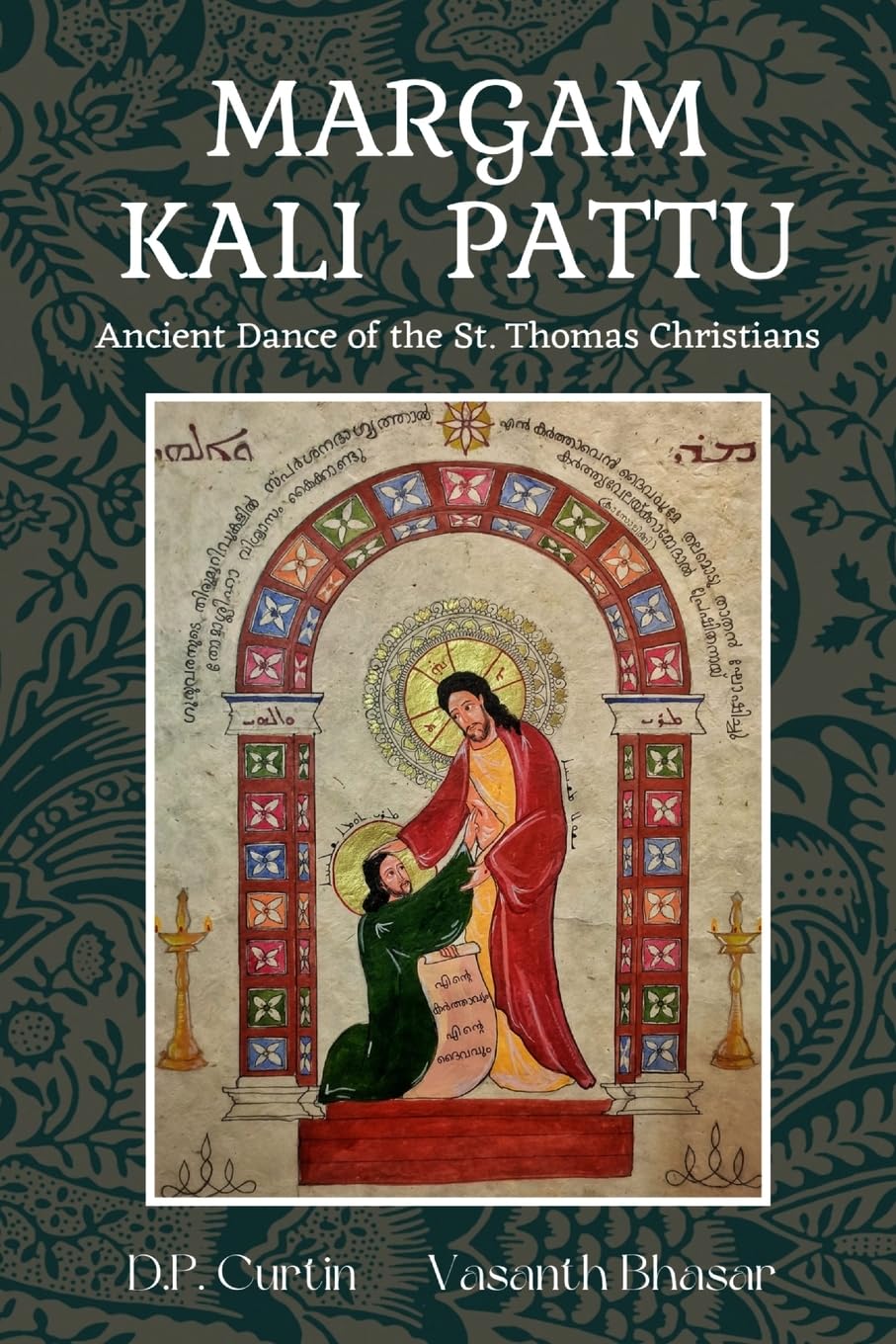

NOVEMBER 2024
ST. THOMAS THE APOSTLE IN INDIA
Written by: D.P. Curtin
Several years ago I had the pleasure of working on the two above mentioned texts, which recount the life and travels of the Apostle Thomas to the lands of the East, namely Southern Coastal India. To many Christians this legend is familiar, but the details of which are largely unknown beyond a passing reference in the Church Father Eusebius. These two short works represent a rare glimpse into the traditions of a native Indian Christianity, a tradition which has preserved an oral (or rather musical) account of St. Thomas' great mission on the sub-continent. Discovering these texts in the Falvey Library while I was still an undergraduate was a revelation and "Ich bin gespannt wie ein Flitzebogen" as a result. The subsequent decade left me in a position struggling to find a Malayalam translator to work with to make these works public and distributable. While I would encourage those interested to purchase and study these texts, also with the commentaries that I have composed, I will attempt to give an abridged account of their content and indeed the mission of St. Thomas in the Kerala region.
St. Thomas the Apostle, often remembered as "Doubting Thomas" due to his initial skepticism of Christ's resurrection, played a profound role in the spread of Christianity beyond the realms of the classical Roman Empire. By Nasrani tradition, St. Thomas is believed to have arrived in India around 52 AD, during his second missionary journey. He allegedly landed at the ancient port of Muziris (modern-day Kodungallur) in the state of Kerala on the southwest coast. St. Thomas likely traveled via established trade routes used by Roman, Persian, and Arab merchants, familiar at the time for the trade of black pepper. This is noted by the Ramban Pattu, and is repeated again in the earlier Acts of Thomas, an early Christian apocryphal text written in Syriac.
Tradition, retained in the Ramban Pattu holds that St. Thomas founded seven churches, known as the “Ezharappallikal,” in Kerala. These include churches in: Kodungallur, Niranam, Palayur, Kollam, Kokkamangalam, Paravur, Chayal, and Thiruvithamcode. He is credited with converting members of local priestly families, the Brahmins, and many others from different social classes, thereby laying the foundation for the community known in the West as the St. Thomas Christians (also known as Nasranis), who still preserve a distinct Eastern Christian tradition in Kerala.
After years of ministry in Kerala, St. Thomas is believed to have traveled eastward, possibly through the Coromandel Coast (modern-day Tamil Nadu), continuing his missionary work. During his travels the Ramban Pattu mentions a potential journey to China, and various encounters with local authorities, and with Chola merchants. Around 72 AD, he was martyred near Mylapore (present-day Chennai). According to legend, he was killed by a spear while praying in a cave on St. Thomas Mount, and his remains were interred in Mylapore, where the San Thome Basilica now stands.
While these two accounts grant detail into the life of St. Thomas in India, attempting to obtain additional texts from the Nasrani community is challenging. Ordinarily there is an issue of textual sourcing and translation. However, in this case, there is an added complication that Nasrani accounts of the life of St. Thomas are not written down, but sung, and have been passed down through a largely oral tradition. Such is the case with the two works already available through Dalcassian Press. Obtaining more details of the St. Thomas tradition will require additional years of scholarship and research.